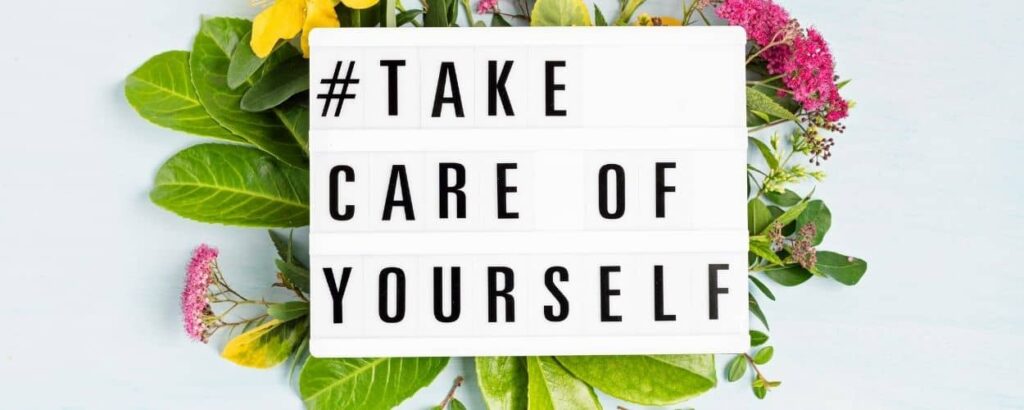
Believing these 5 Myths About Self-Care Keeps You From Being Vibrant
There are plenty of myths surrounding the topic of self-care. These myths are quite damaging to our well-being and to the people with whom we live and work.
Let’s look – because this is a conversation we periodically need to have with ourselves. It is easy enough to lose sight of these points when we get quite busy.
Myth #1: Selfcare Is Selfish.
No, self-care is necessary. Envision yourself being like a plate. Everything you take care of, and especially everyone you care for, is on that plate. What happens if that plate cracks? Everything falls off. You are no good to anyone when your health is failing or your mental state is taking a beating from exhaustion.
Of course, you could say, sometimes we have to tough it out. True. But for how long?
Myth #2: Work-Life Balance Means That The Time You Spend On “Work” Versus “Life” Is In A Perfect Equilibrium
It is easy to see that perfect equilibrium between time spent on work versus life outside of work doesn’t exist. For example, when you are on a business trip, your equilibrium is different than when you are at home. When a big project needs a last push, your work-life balance is different from when a family member is sick.
Instead of seeking work-life balance, I suggest you establish “dynamic work-life harmony.” You adjust the equilibrium as needed. You keep an eye on where you spend your time. You make sure that you devote your time to the different areas of your life in the ratio that works for you in the big picture.
Myth #3: Selfcare Is All About Eating Right And Getting Exercise
Of course, eating right and exercising are a big part of self-care. However, self-care can also involve getting a massage, spending quality time with your spouse, and enjoying time with friends. Recently, Dan Irving, a trainer/facilitator to our Leadership Lewisville Class, suggested that self-care can have an even more expanded meaning. He rolled seven different items into the category of self-care: Marriage, parental, financial, intellectual, avocational, physical, and vocational.
Rolling “financial” into self-care was fascinating to me. Dan shared an example. It could mean that husband and wife talk to each other regularly about their financial status. And that could be self-care, too. Good point.
Dan also said that self-care is like putting one dollar into an investment and getting $2 back. What a deal! I agree.
Myth #4: Going From Little Selfcare To The “Ideal Amount” of Selfcare Quickly Is A Great Idea
No. I invite you to take a tiny step forward and make that “stick.” Then go from there.
For example, years ago, I permitted myself to spend time and money on a massage once in a while. Then I upped it to once per month. Now, I generally treat myself to a massage every two weeks.
There is no set “ideal amount.” Figure out what works for you – and then track it in simple ways.
Myth #5: Tools For Work-Life Balance Are Complicated, and More Trouble Than They Are Worth
That is not true. For example, years ago, I invented a method I named “Purpose mapping” or “Purpose Quadrants.” In essence, you ask yourself which 4-6 areas in your life matter to you the most. Examples are Family, Work, Friends, Church/Spiritual, Self … You replace your regular to-do list with a map or set of lists (quadrants) that separates the tasks you want to do by those “areas of purpose.”
Most people discover that their regular to-do list is full of work tasks and chores for the family, On many days there is no self-care on their day’s agenda. It is a great recipe for aging prematurely and living a less vibrant life. Over time, your success is likely to take a toll, too.
I will write more about Purpose Mapping and Purpose Quadrants in another Brilliance Nugget soon.
I’m Curious
- What does self-care mean to you?
- How do you create self-care for yourself?